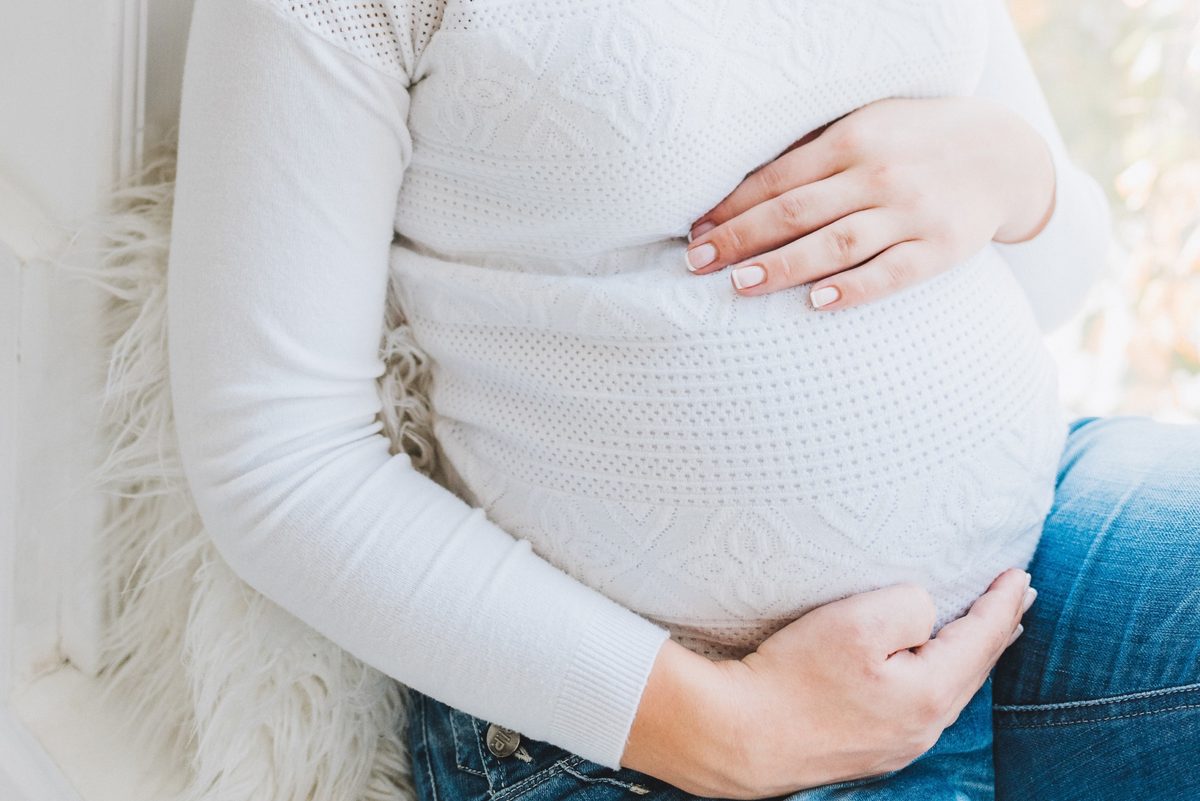Pregnancy is a life-changing journey; thus, you must prepare yourself for the ride. As an expecting mother, you may wonder how to keep fit and stay healthy for you and your baby. Safe core exercises for pregnancy will give you an extra advantage during all three trimesters and afterward.
Exercising your abs during pregnancy has several benefits, including reduced risk for back pain, reduced pelvic pain, and pressure. Also, the strength training makes pushing during labor more tolerable and improves postpartum recovery.
With your practitioner’s guidance, here are six safe ab exercises you can do as an expecting mother to maintain your fitness and keep your core strong during pregnancy.
Core breathing
The first exercise on the list is Core Breathing. Diaphragmatic breathing is the foundation for pregnancy and postpartum exercise; it connects the four core muscles to create strength behind every movement. Learning how to breathe deeply effectively will help you gain control of your core muscles, which provides more stability for the growing womb.
Here are some easy steps to follow:
- First, sit on a stability ball or a chair with your back straight and feet in front of you.
- Place one hand on your stomach and the other on the side of your rib cage.
- Next, slowly breathe in while feeling your ribcage expand like opening an umbrella. Try to focus on your middle to keep your chest from rising.
- As you breathe out slowly through your mouth, concentrate on “closing the umbrella,” which is your ribcage. Your stomach is slowly contracting.
The added advantage to this exercise is that it helps you strengthen your core during pregnancy. Simultaneously, the deep breathing and muscle contractions facilitate faster recovery after giving birth—although you might listen carefully to your body and wait a few weeks.
Planks
Planking while pregnant is safe for the most part. Endurance-based exercises like the plank are ideal for expecting mothers because they strengthen the abs and the back. Plank exercises also decrease the pressure on the spine more so than exercises where you lay on your back, like crunches. One important tip to remember is that while the traditional plank is still doable during the first trimester, you might need to modify this pose during the rest of the pregnancy since your equilibrium might be a bit “off.” This is how to perform a modified plank:
- Get into the position for a side plank either with a straight arm to support you, or you can lean on your elbow.
- Bend the bottom leg at a 90-degree angle and try keeping the top leg straight; make sure your hips, ribs, knees, and ankles align with each other.
- Hold the plank for 30 seconds if possible, while breathing deeply and slowly. Never hold your breath.
As you progress further into your pregnancy, you might consider performing the side plank with both legs bent for added comfort.
Squats
The first trimester is the ideal time to get squatting. However, squats, especially bodyweight squats, can be done throughout your entire pregnancy, depending on your comfort level. Squats strengthen the muscles in your lower body (the quads, glutes, and hamstrings), thus building strength for when “labor day” arrives. Here are the steps for safely performing squats using your body weight:
- Stand in front of a couch with your back facing the seat and your feet just a bit wider than hip-width apart. The couch will help ensure correct form. For added stability, you might want to hold onto a chair placed in front of you.
- Squat down as if you were about to sit on the couch but come back upright when your thighs touch the edge.
Remember to exhale as you squat and inhale as you stand back up. The movements need to be done very slowly, about 5 seconds to squat down and 3 seconds to come back up.
Bird dogs
Bird dogs are a great way to work on stability and increase core strength during pregnancy. You can do this pregnancy core exercise two to three times a week in any trimester, as long as it’s still comfortable for you. For this simple exercise, you will need to get on all fours and make sure to maintain your stability while performing the following movements:
- While exhaling, lift one arm and the opposite leg and hold them out.
- Inhale and bring them back to the floor.
- Repeat on the other side.
As modification during the last trimester, you can pull the extended arm and leg in for two repetitions instead of holding them out.
Other safe core exercises for pregnancy include:
- Swimming
As stated by the American College of Obstetricians and Gynecologists, swimming is a great way to exercise during pregnancy due to the water’s muscle support and decreased chance for injury. The most important benefit is that you’re getting both your cardio and resistance workouts combined into one; plus, the movement promotes core strength.
- Supported side-lying crunch
This side-lying exercise is a great way to stretch and strengthen the oblique on the sides of the abdomen. The pregnancy ab exercise can be done during all trimesters. Still, you should be careful not to make any sudden, jerky movements while lifting up and avoid dropping down when you’re returning to the starting position.
Ab exercises to avoid during pregnancy
While the best pregnancy core workouts are going to differ based on individual comfort levels and conditions, there are a few exercises you should avoid during your pregnancy, like crunches, sit-ups, or Russian twists—or any other activity that has you lying in a supine position—as they can lead to hernias.
Although planking while pregnant is safe, it is crucial to listen to your body and not overdo it.



